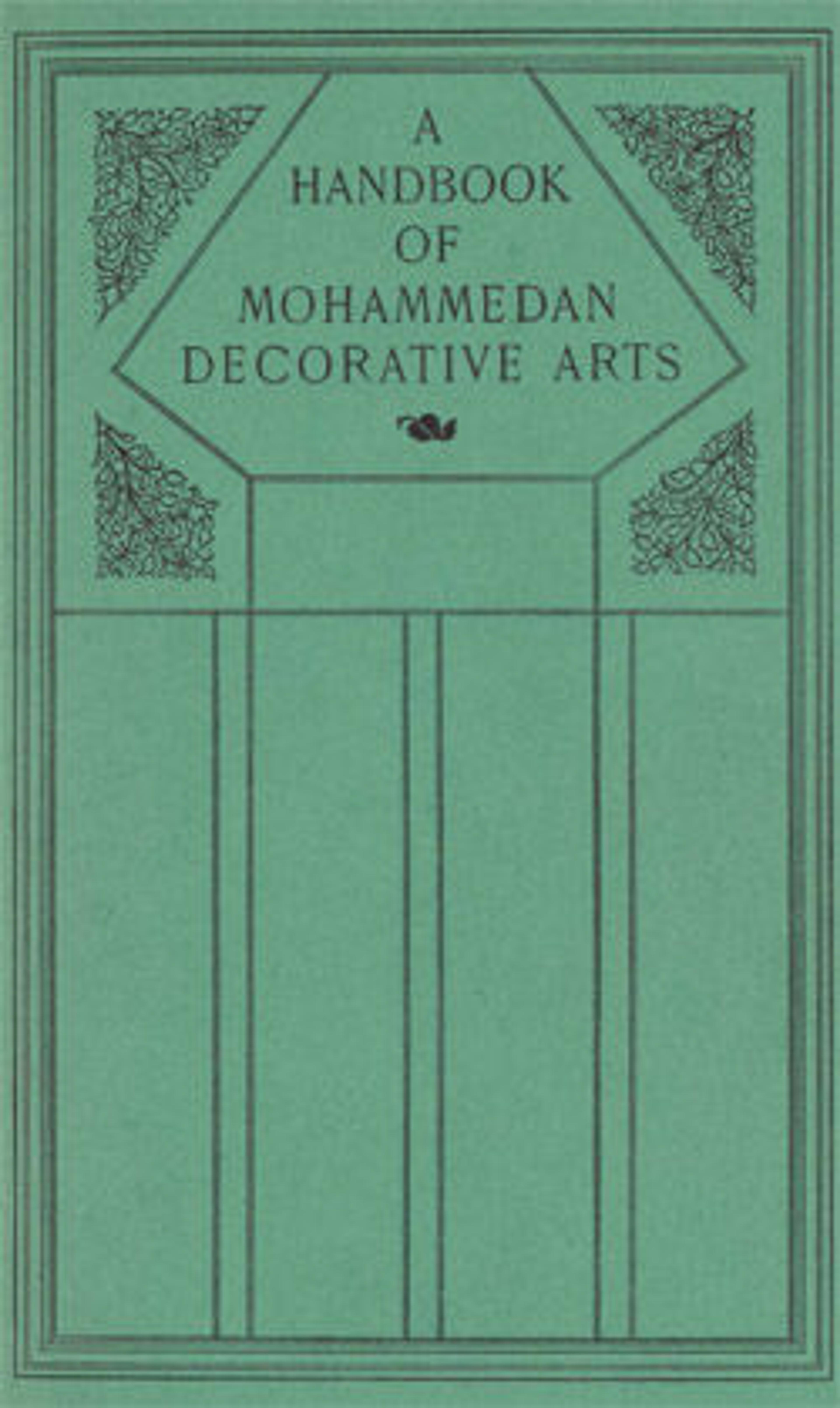"Alexander at a Banquet", Folio 321b from a Khamsa (Quintet) of Nizami of Ganja
The Khamsa of Nizami, written between 1298 and 1302, is a canonical work of Persian literature. One of the five poems within it tells the story of Alexander the Great, who is identified as the half-brother of the Persian king Darab in various histories. By presenting Alexander in this manner, the audience was able to identify with its ancestors’ conqueror. Although the story took place in the fourth century BC, the objects that appear in this feast (bazm) scene provide an insight into the types of luxury objects and musical instruments that were in use at the time that the manuscript was produced. The figures wear their turbans in the style typical of Safavid Iran, with twelve folds wrapped around a baton to symbolize the twelve Shi’i imams.
Artwork Details
- Title: "Alexander at a Banquet", Folio 321b from a Khamsa (Quintet) of Nizami of Ganja
- Author: Nizami (present-day Azerbaijan, Ganja 1141–1209 Ganja)
- Calligrapher: Sultan Muhammad Nur (Iranian, ca. 1472–ca. 1536)
- Date: dated 931 AH/1524–25 CE
- Geography: Made in present-day Afghanistan, Herat
- Medium: Ink, opaque watercolor, silver, and gold on paper
- Dimensions: Painting: H. 6 11/16 in. (17 cm)
W. 4 1/2 in. (11.5 cm)
Page: H. 12 1/2 (31.7 cm)
W. 8 3/4 in. (22.2 cm)
Mat: H. 19 1/4 in. (48.9 cm)
W. 14 1/4 in. (36.2 cm) - Classification: Codices
- Credit Line: Gift of Alexander Smith Cochran, 1913
- Object Number: 13.228.7.16
- Curatorial Department: Islamic Art
More Artwork
Research Resources
The Met provides unparalleled resources for research and welcomes an international community of students and scholars. The Met's Open Access API is where creators and researchers can connect to the The Met collection. Open Access data and public domain images are available for unrestricted commercial and noncommercial use without permission or fee.
To request images under copyright and other restrictions, please use this Image Request form.
Feedback
We continue to research and examine historical and cultural context for objects in The Met collection. If you have comments or questions about this object record, please contact us using the form below. The Museum looks forward to receiving your comments.
